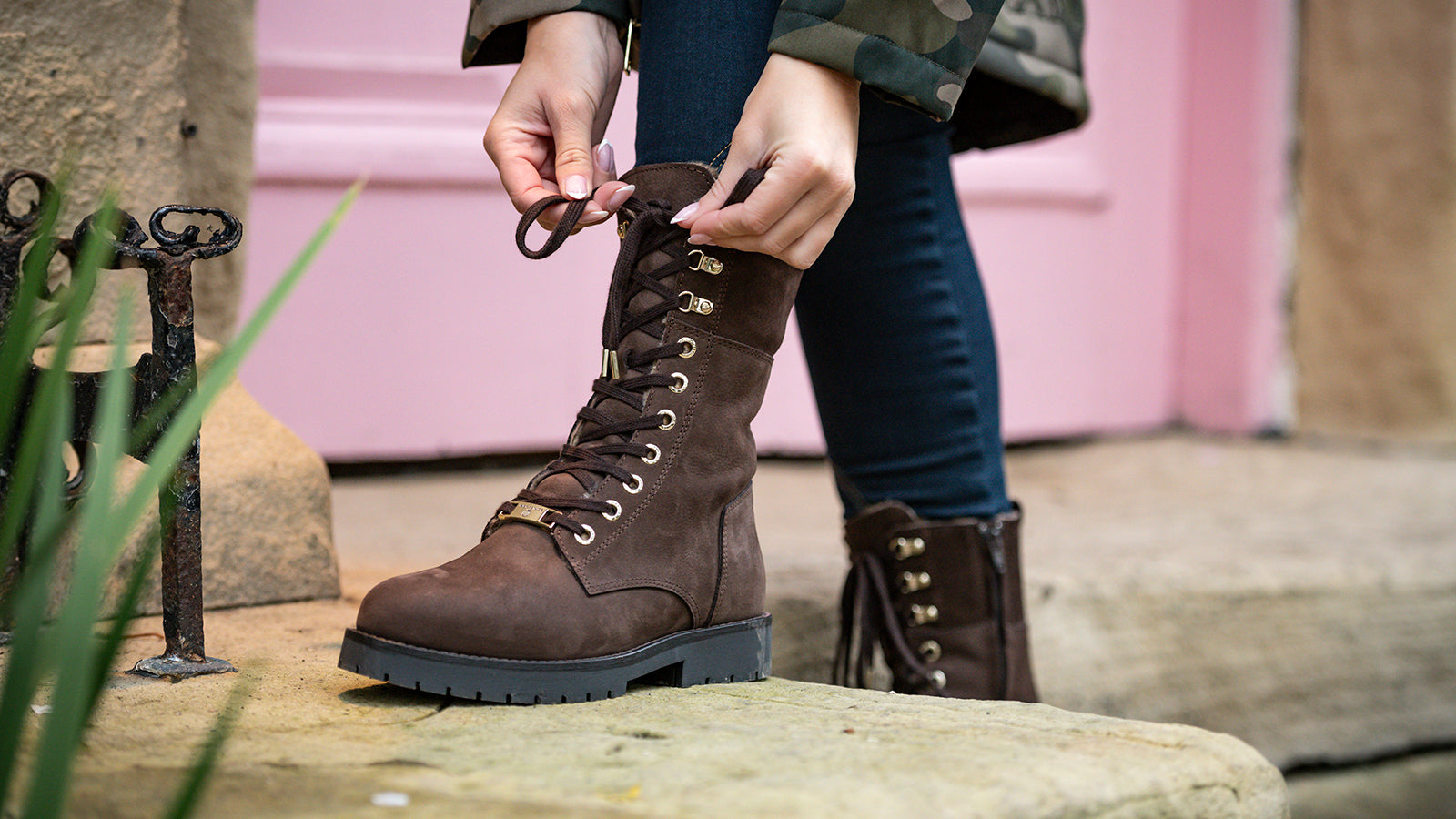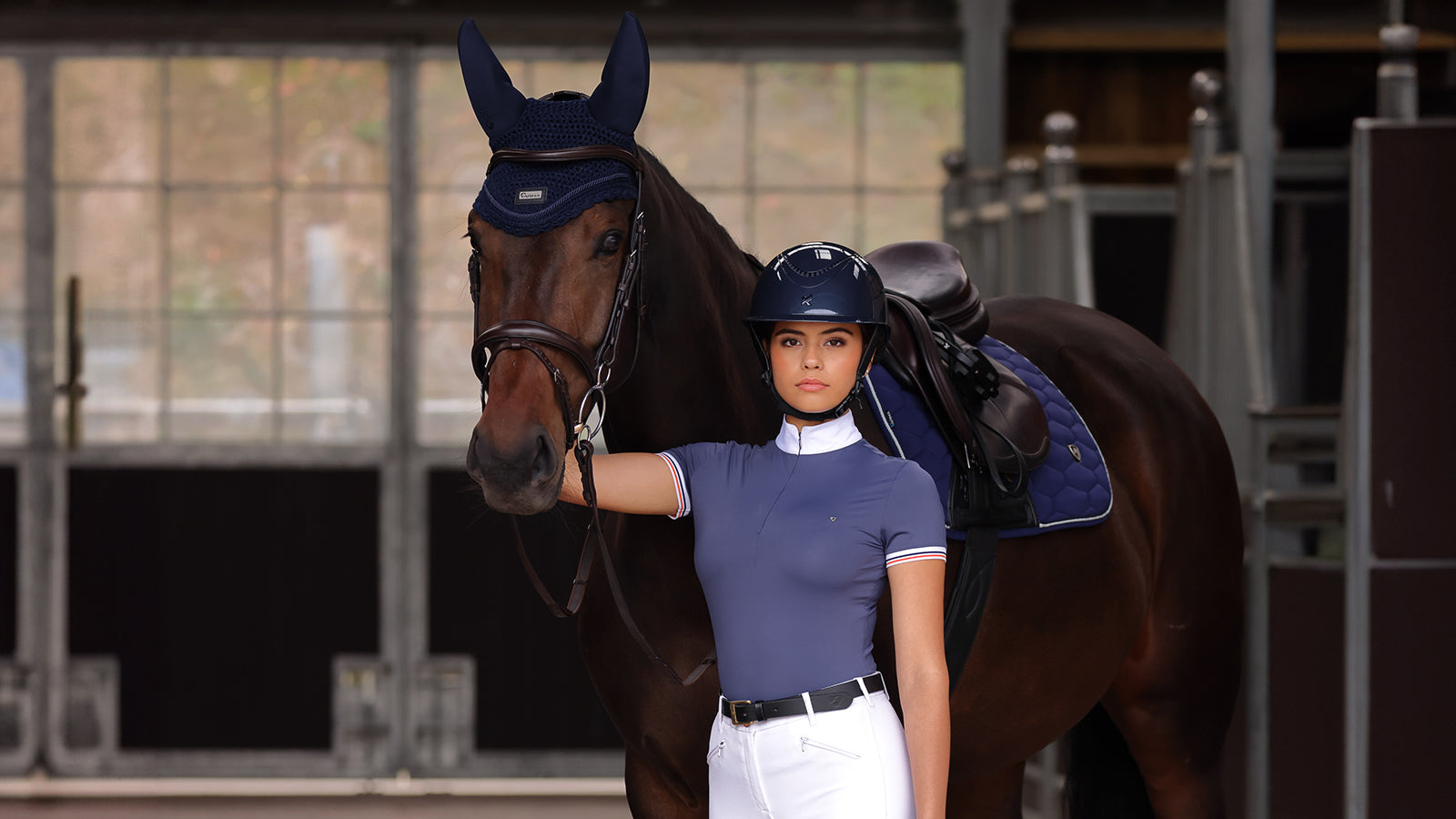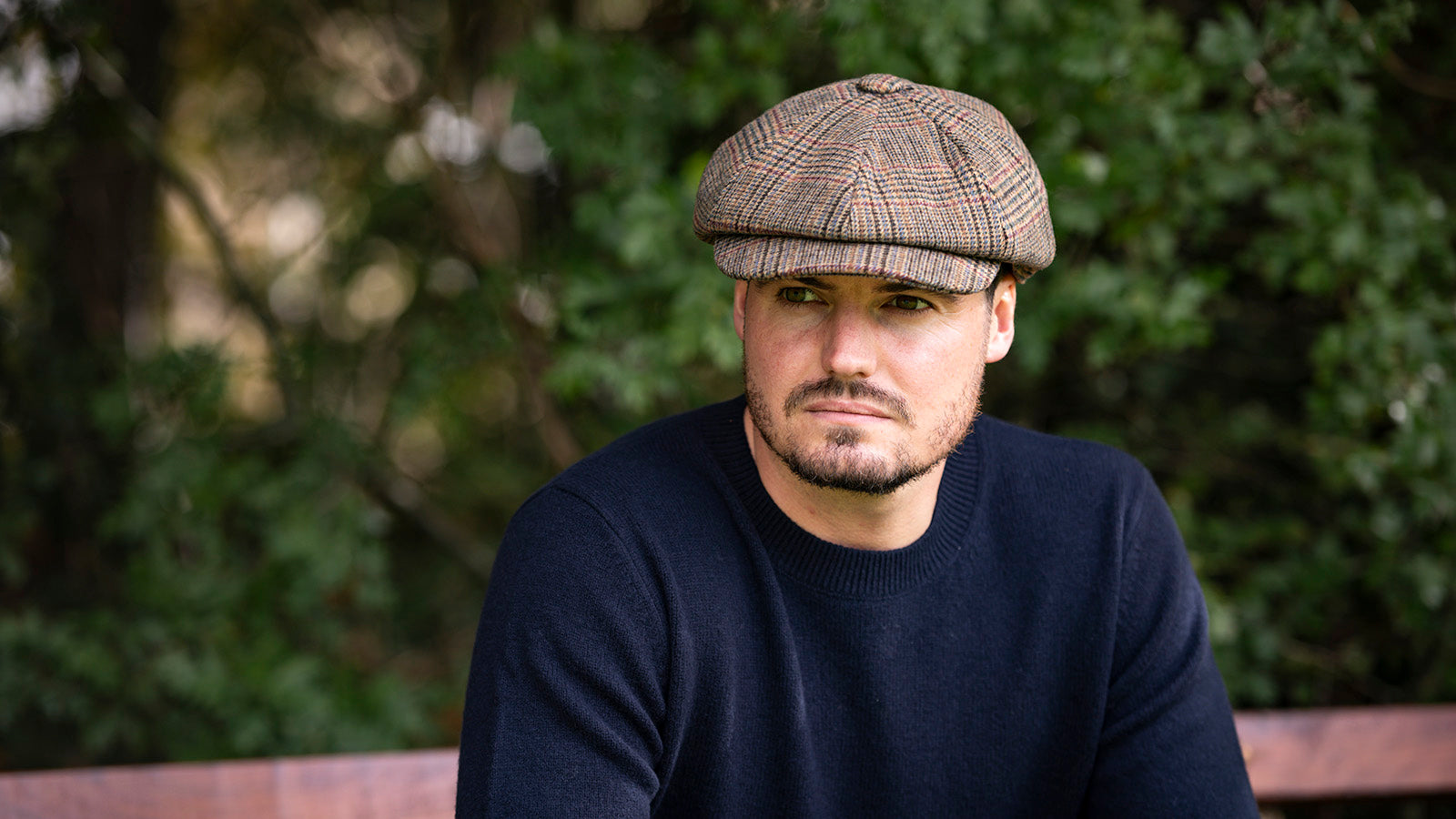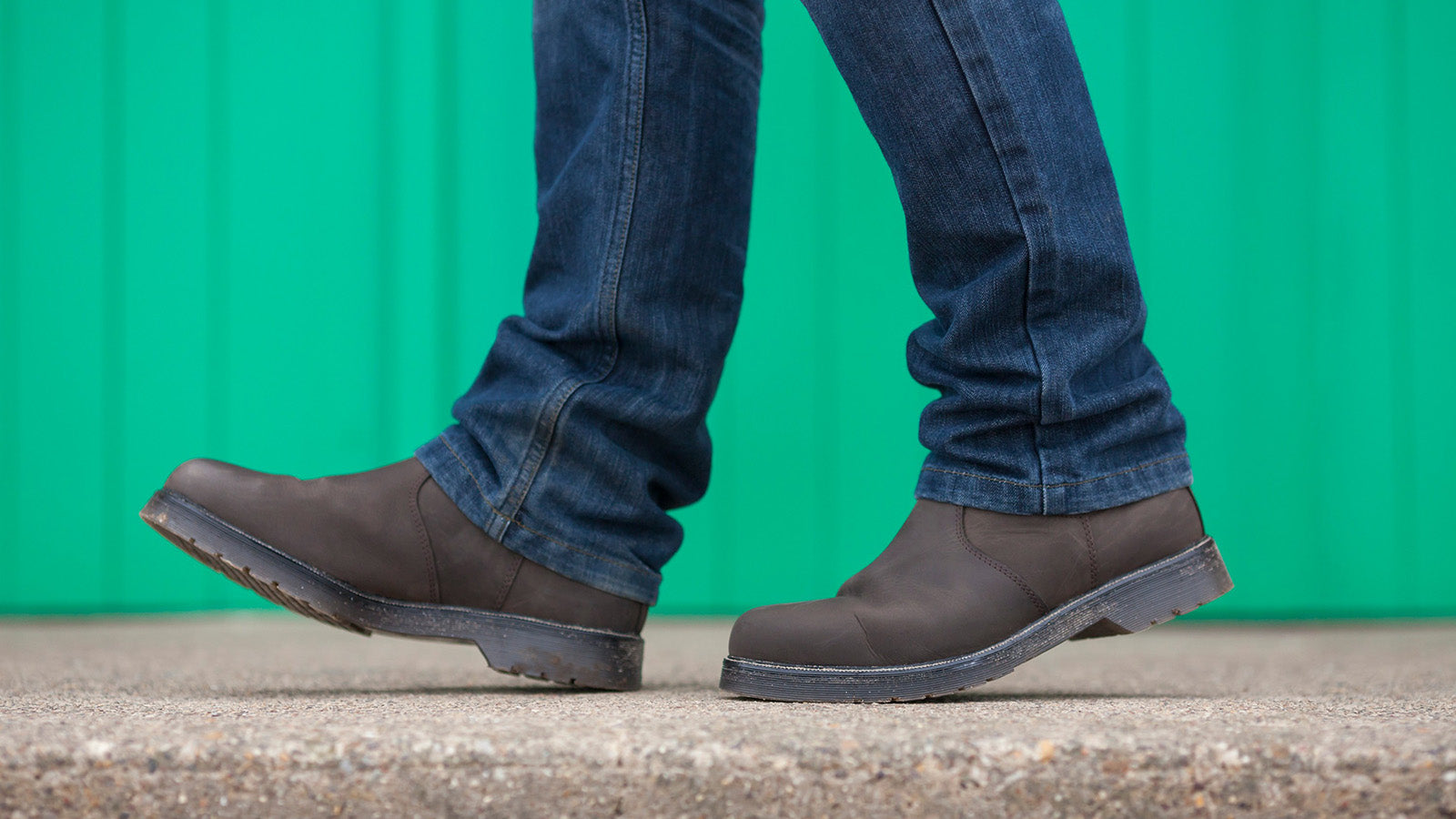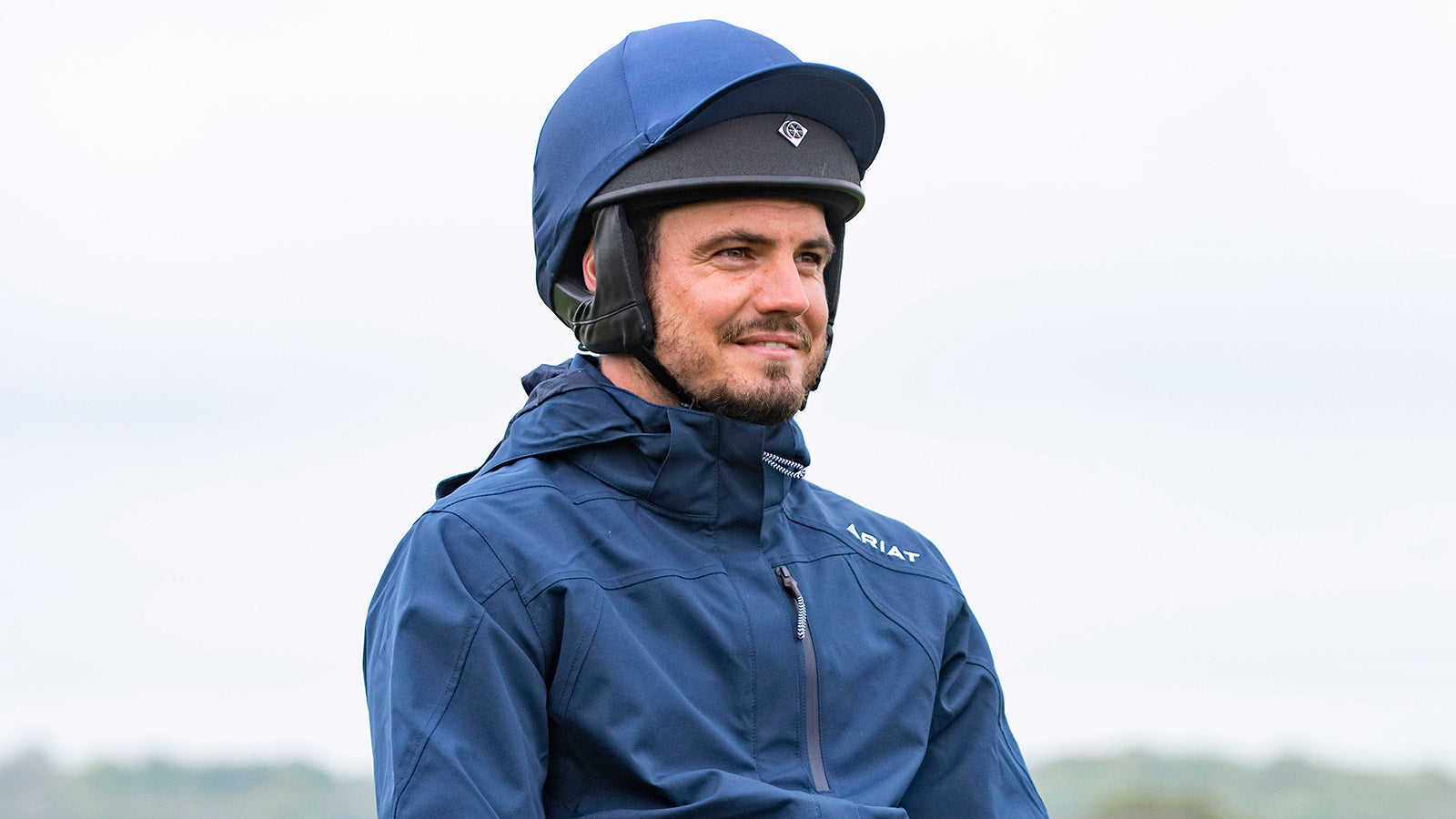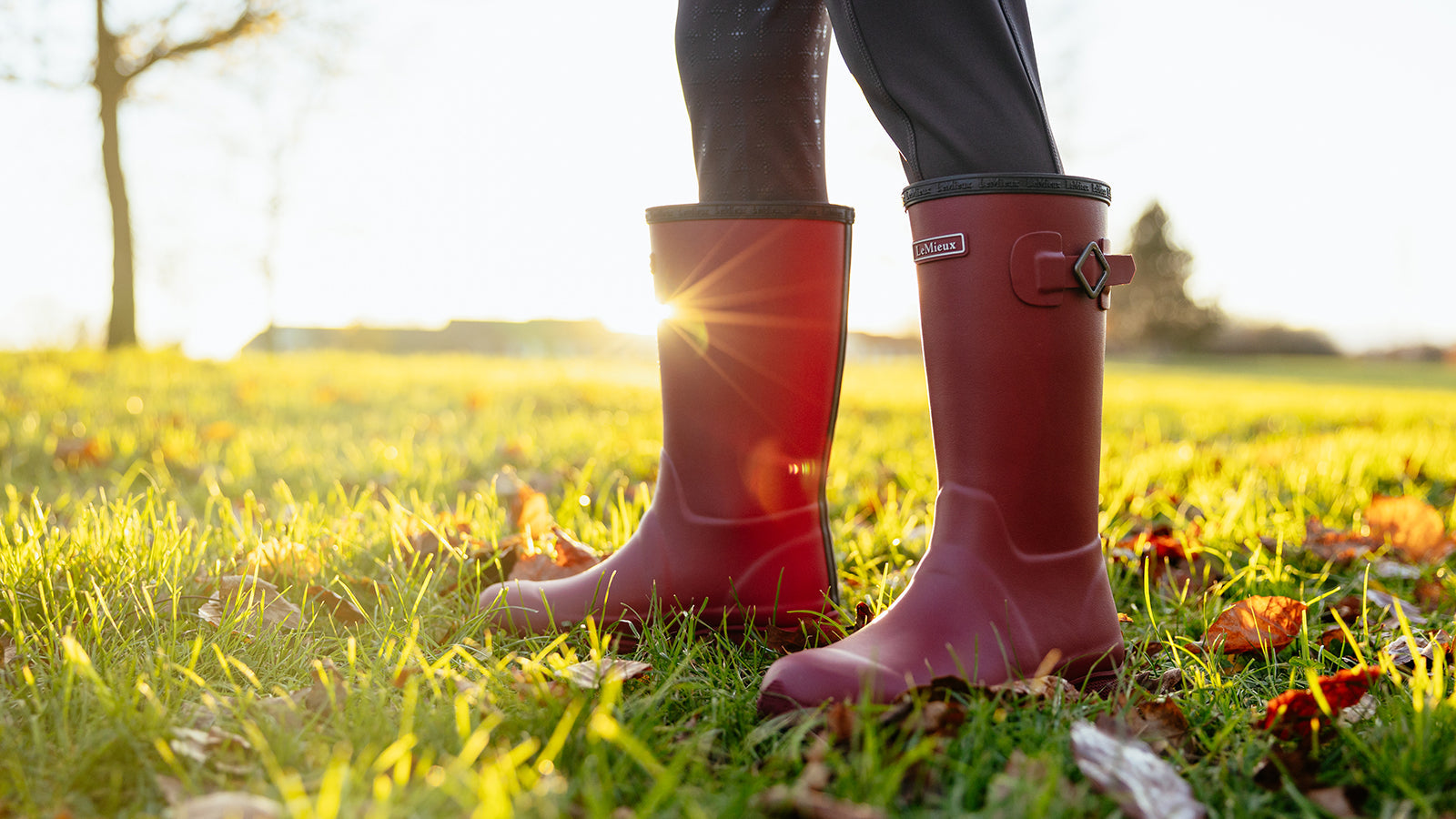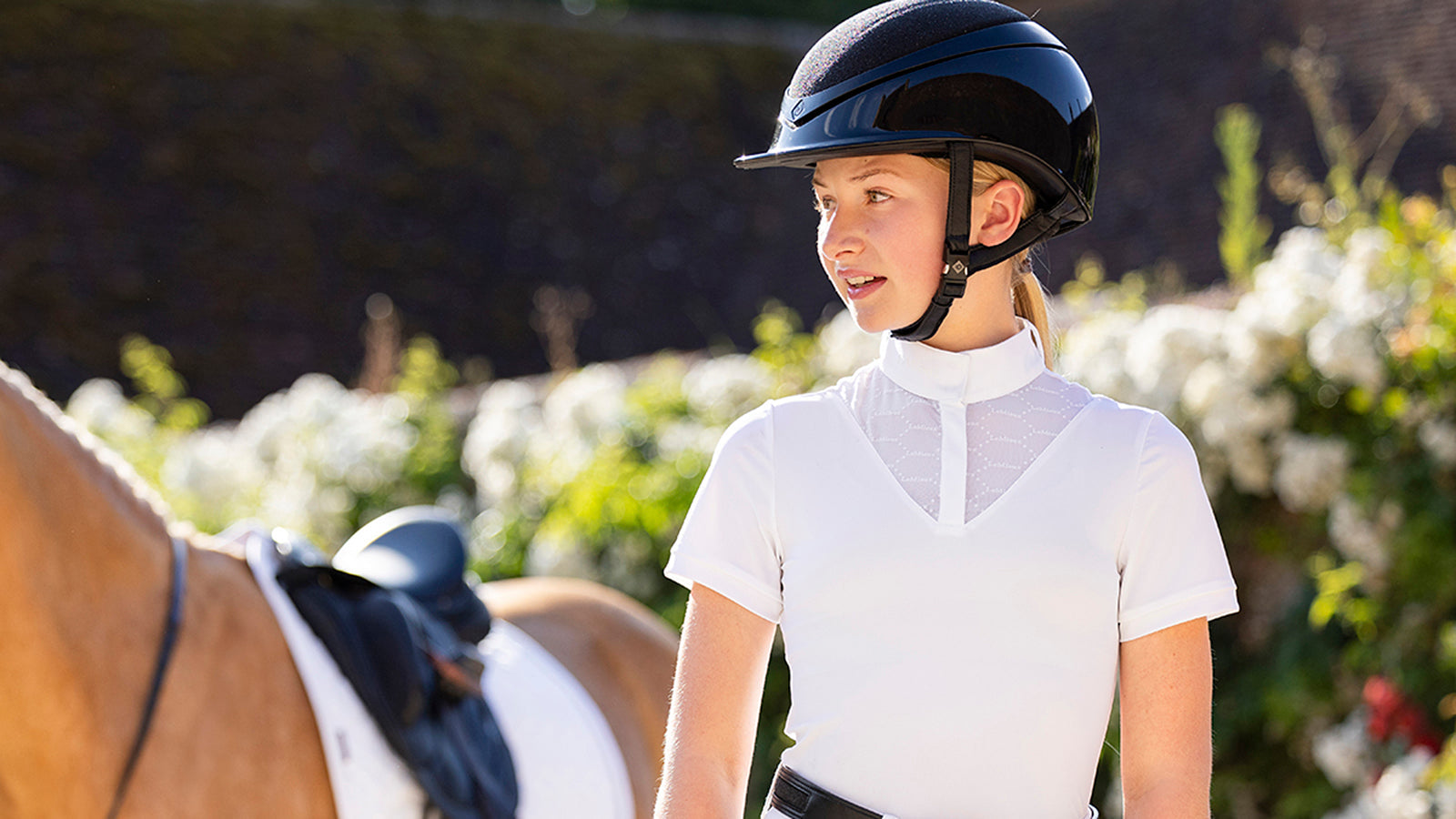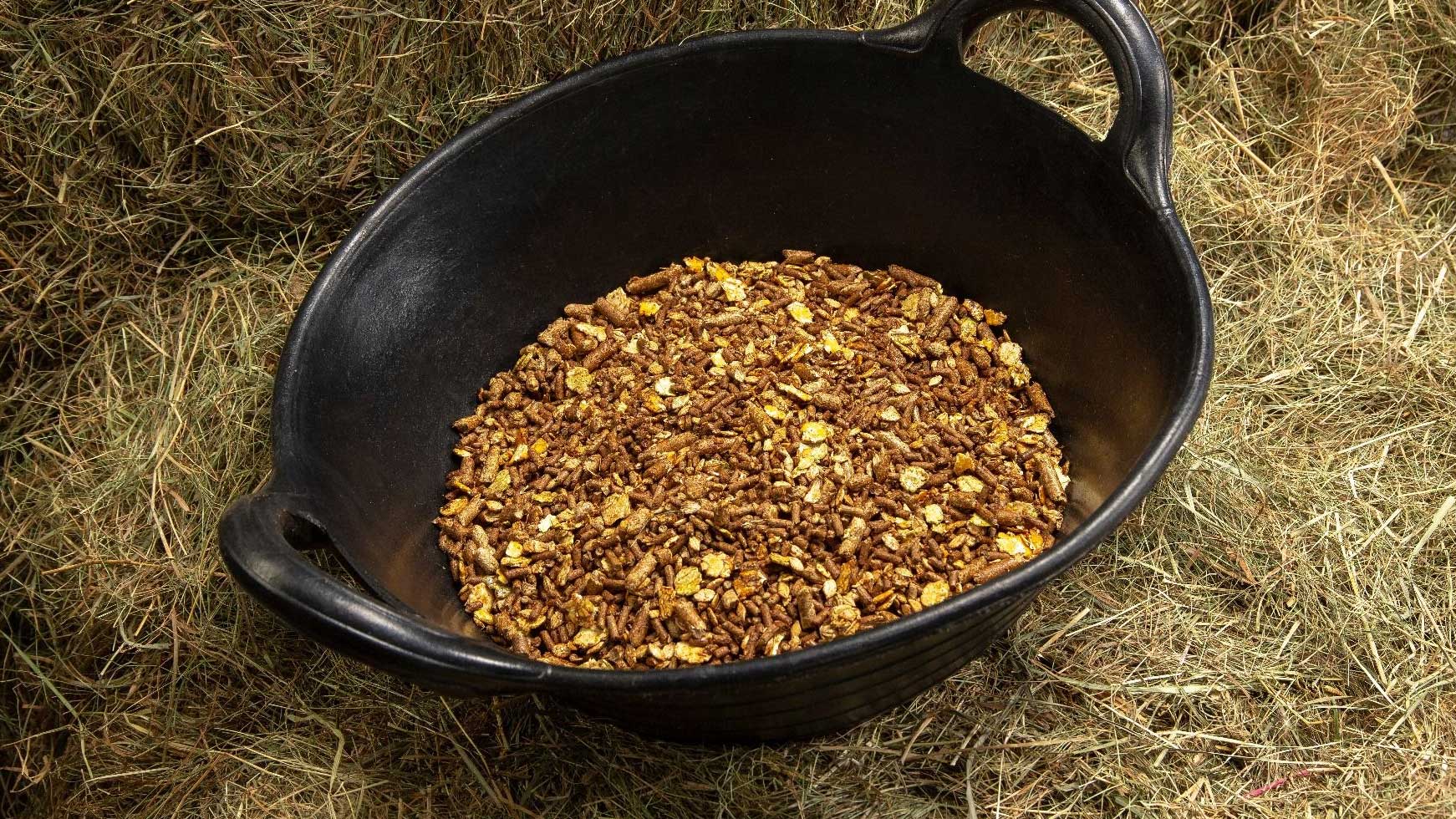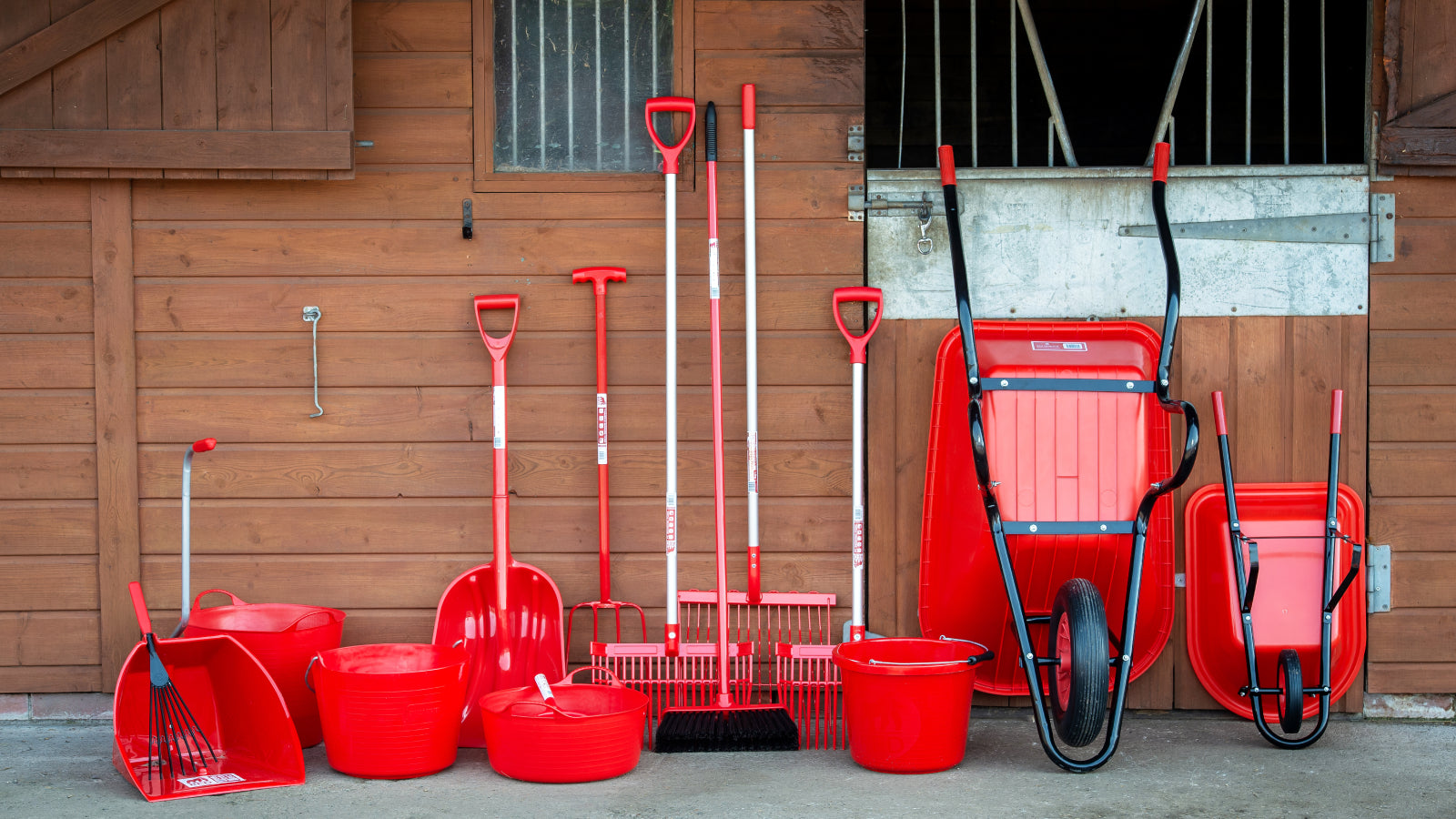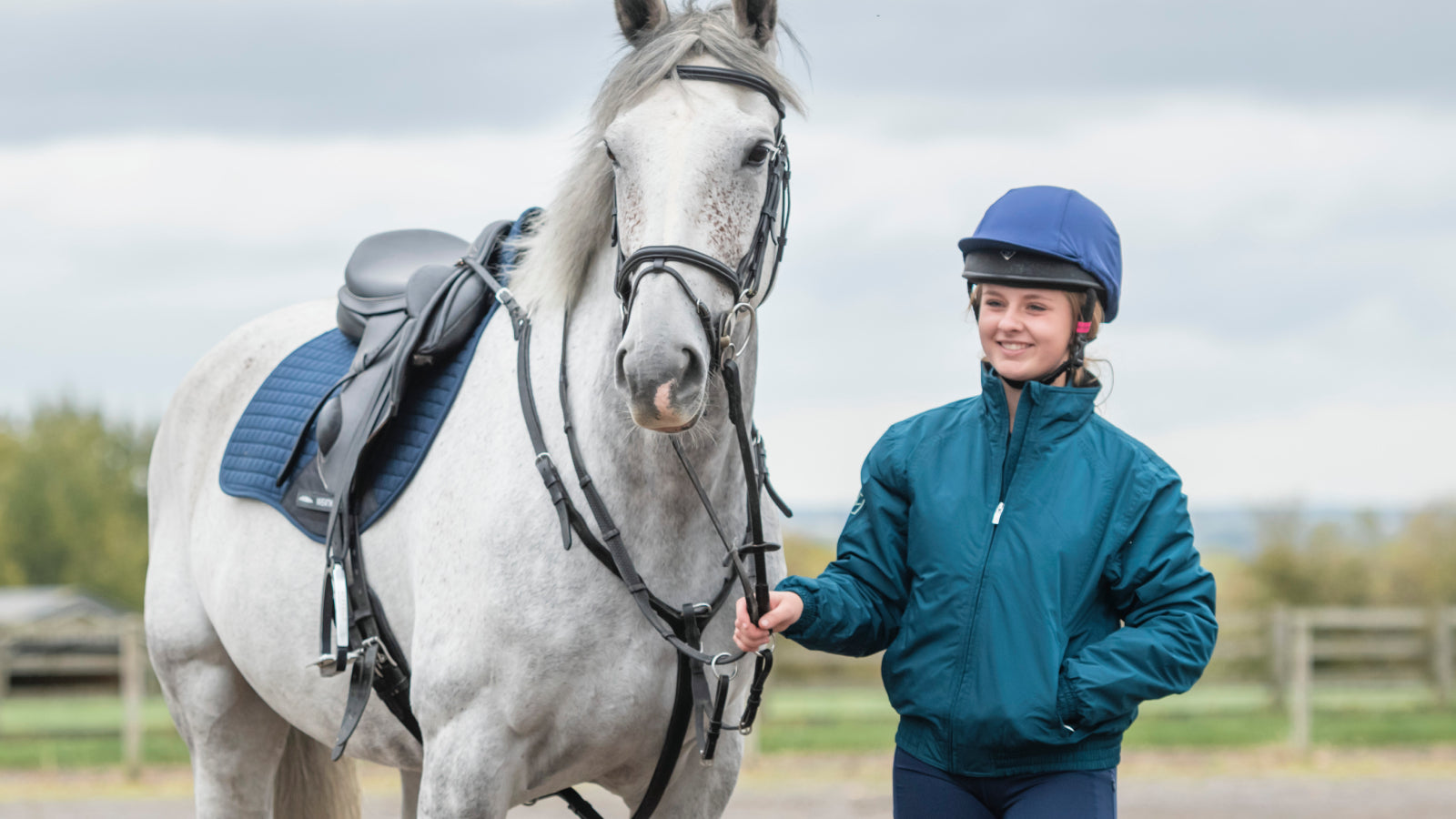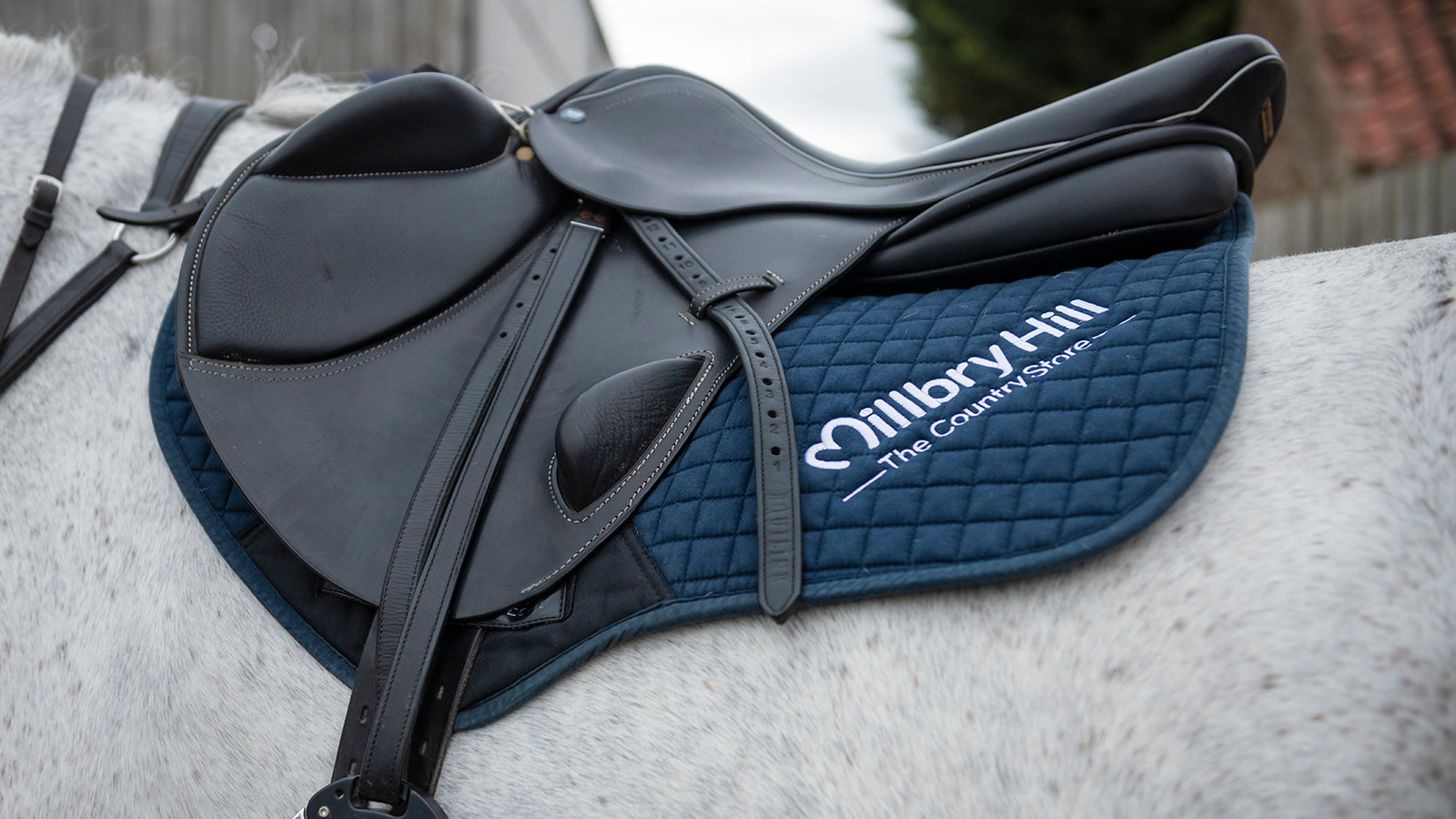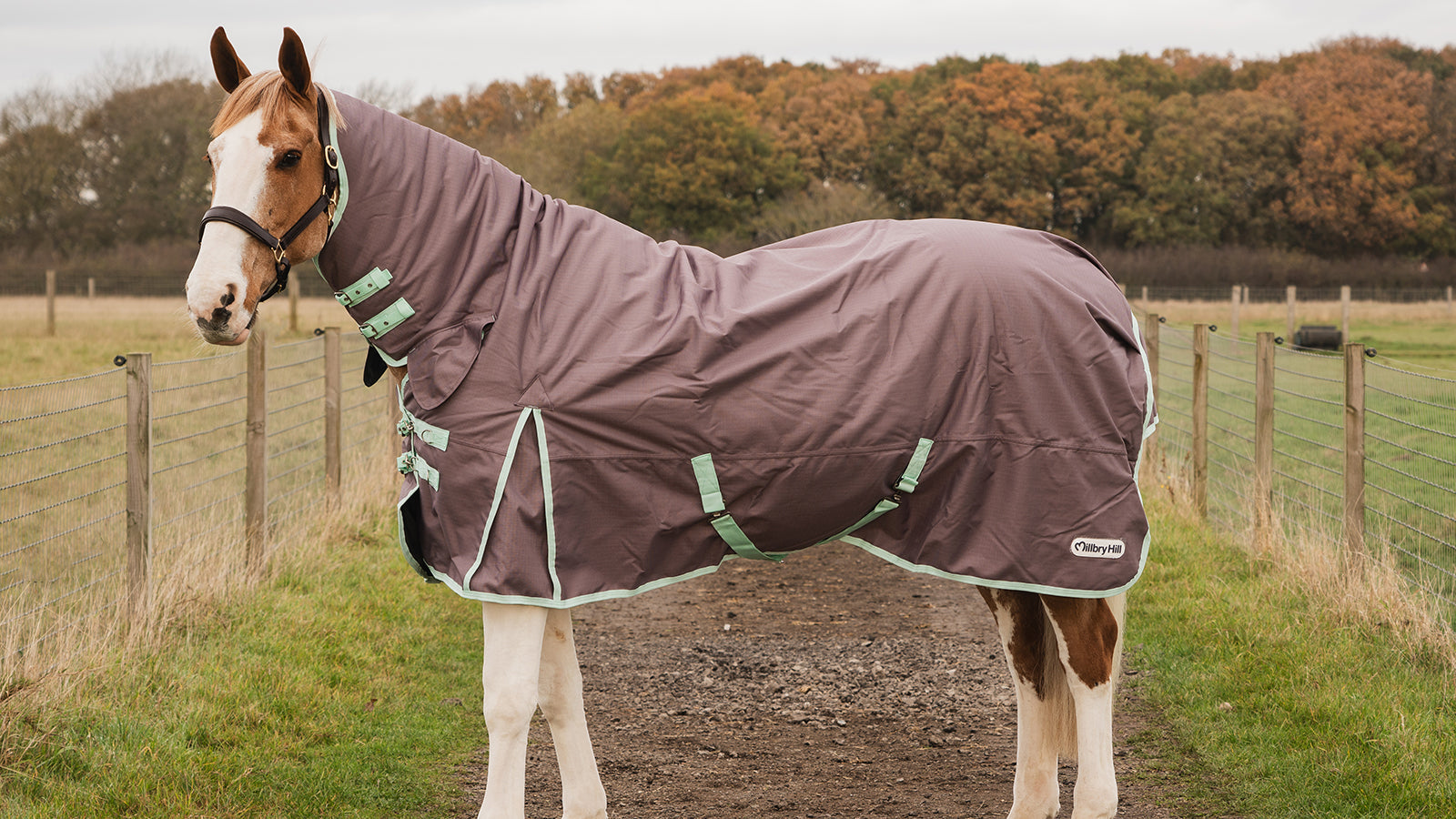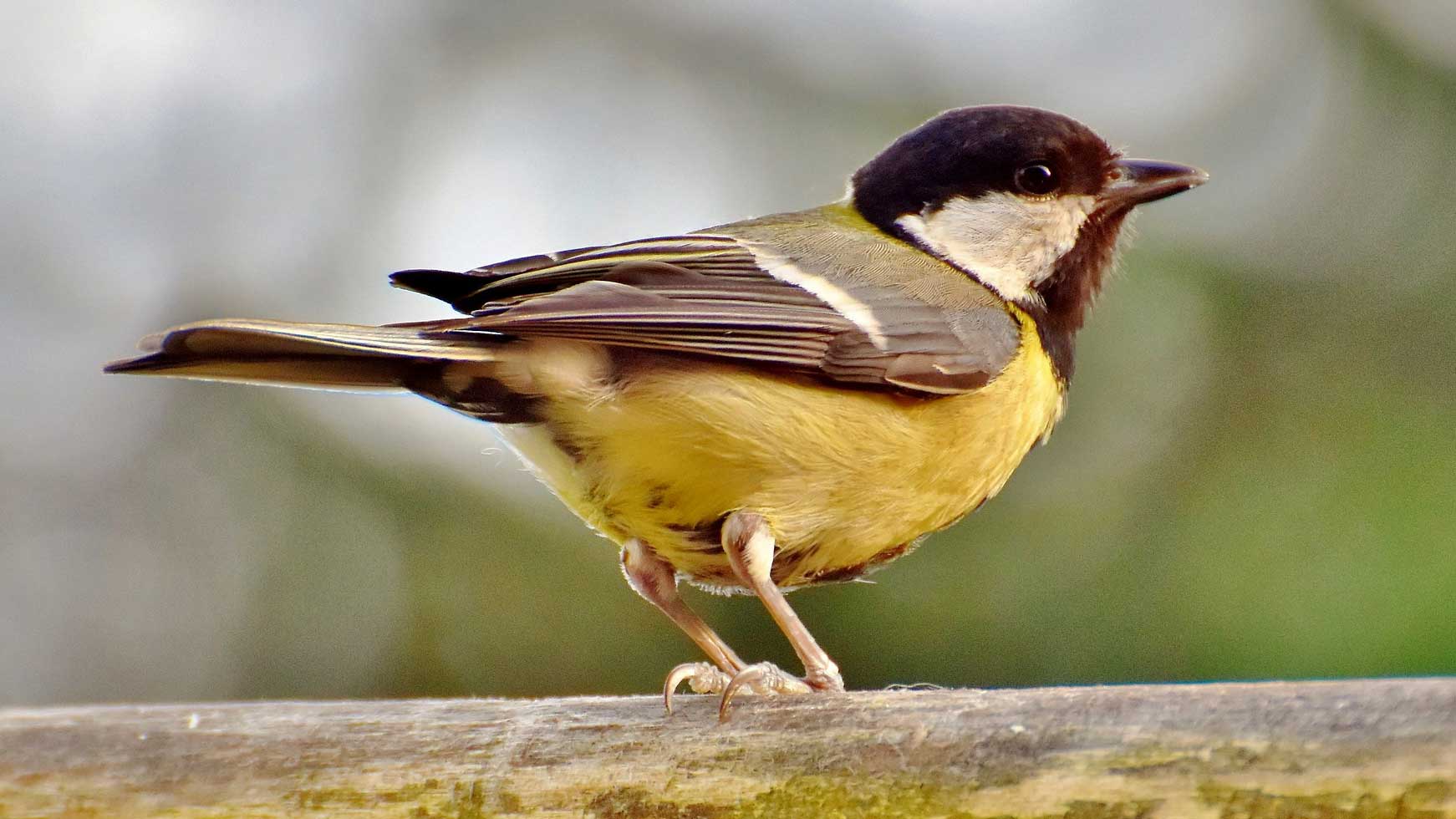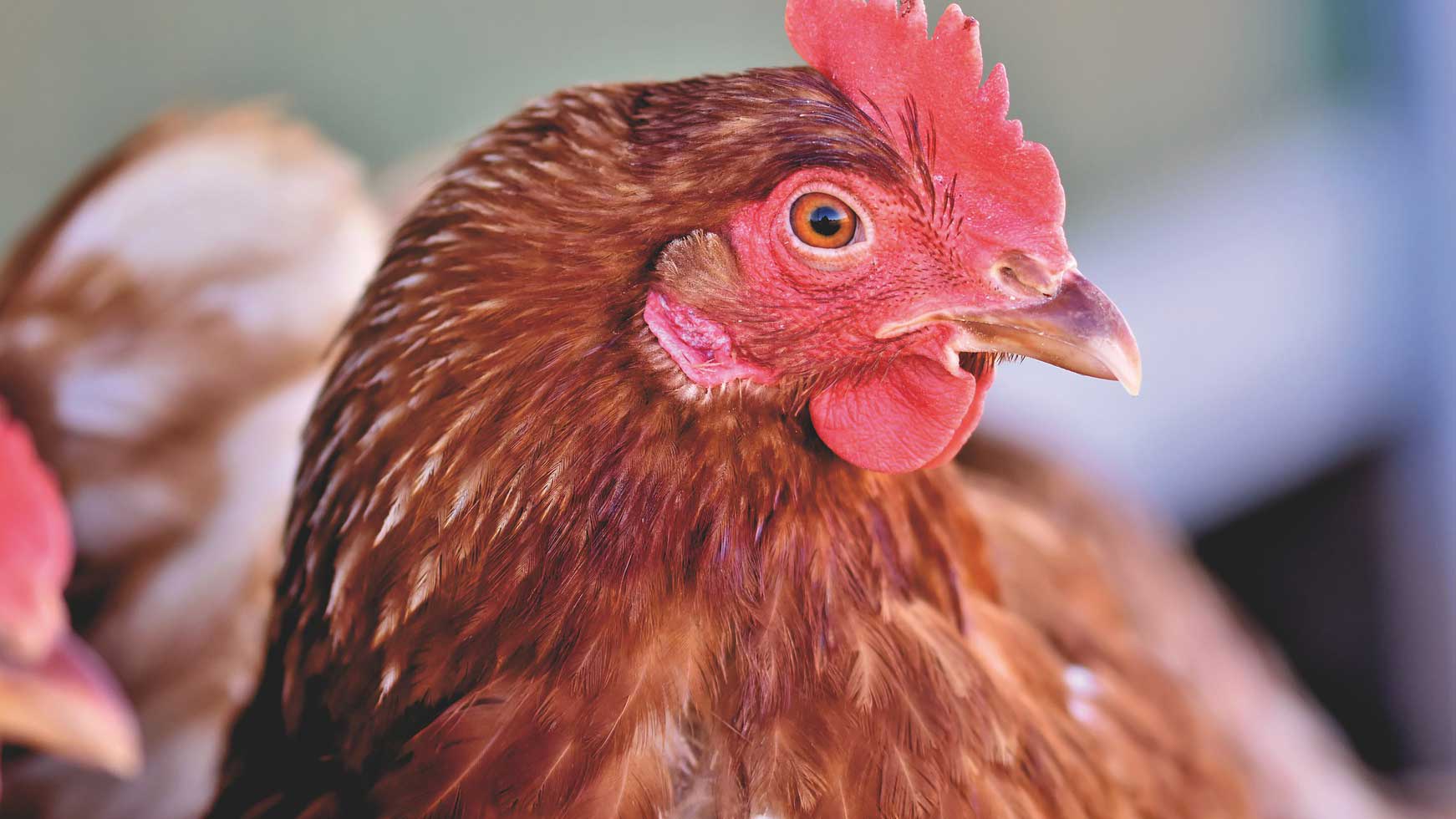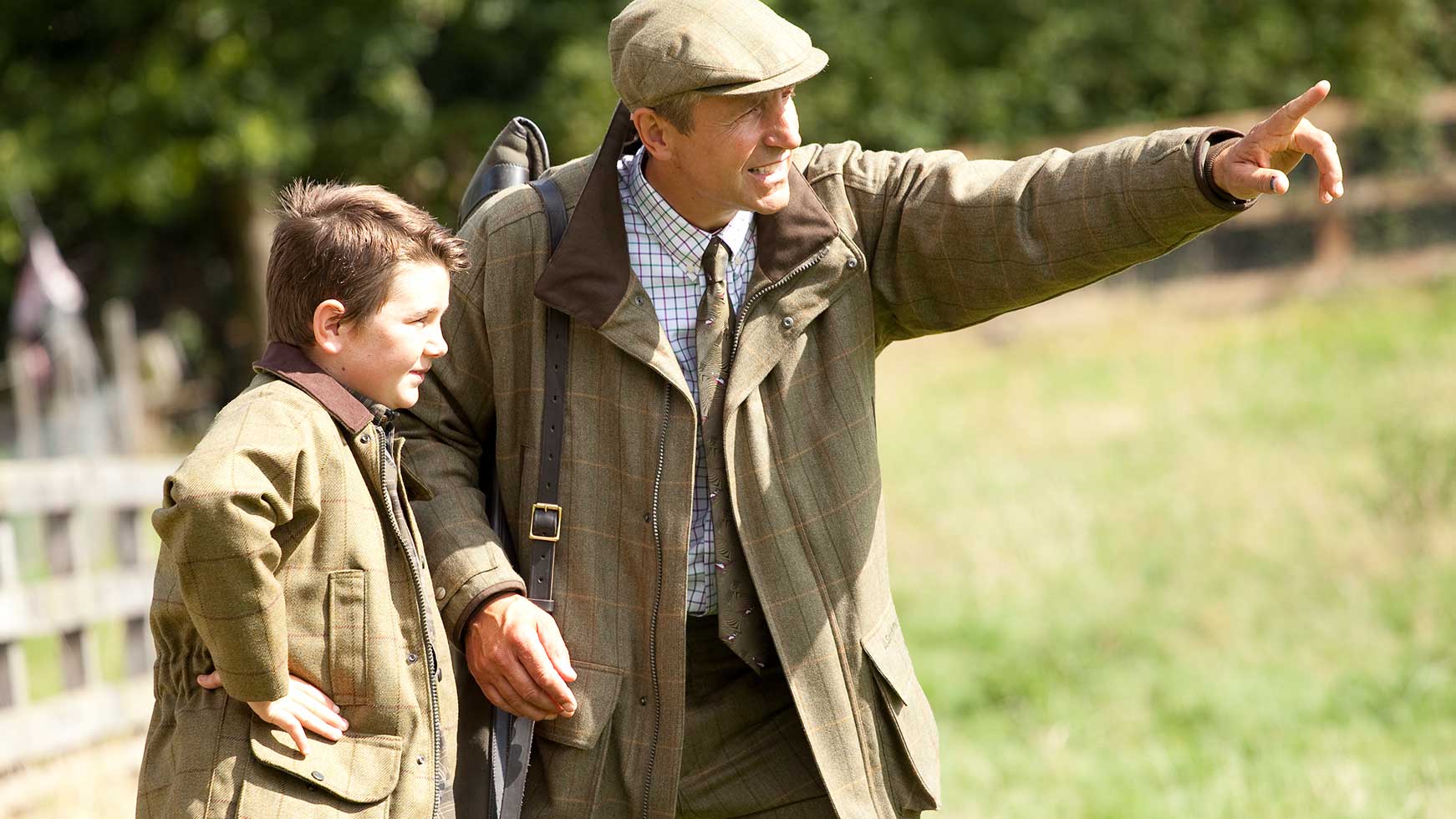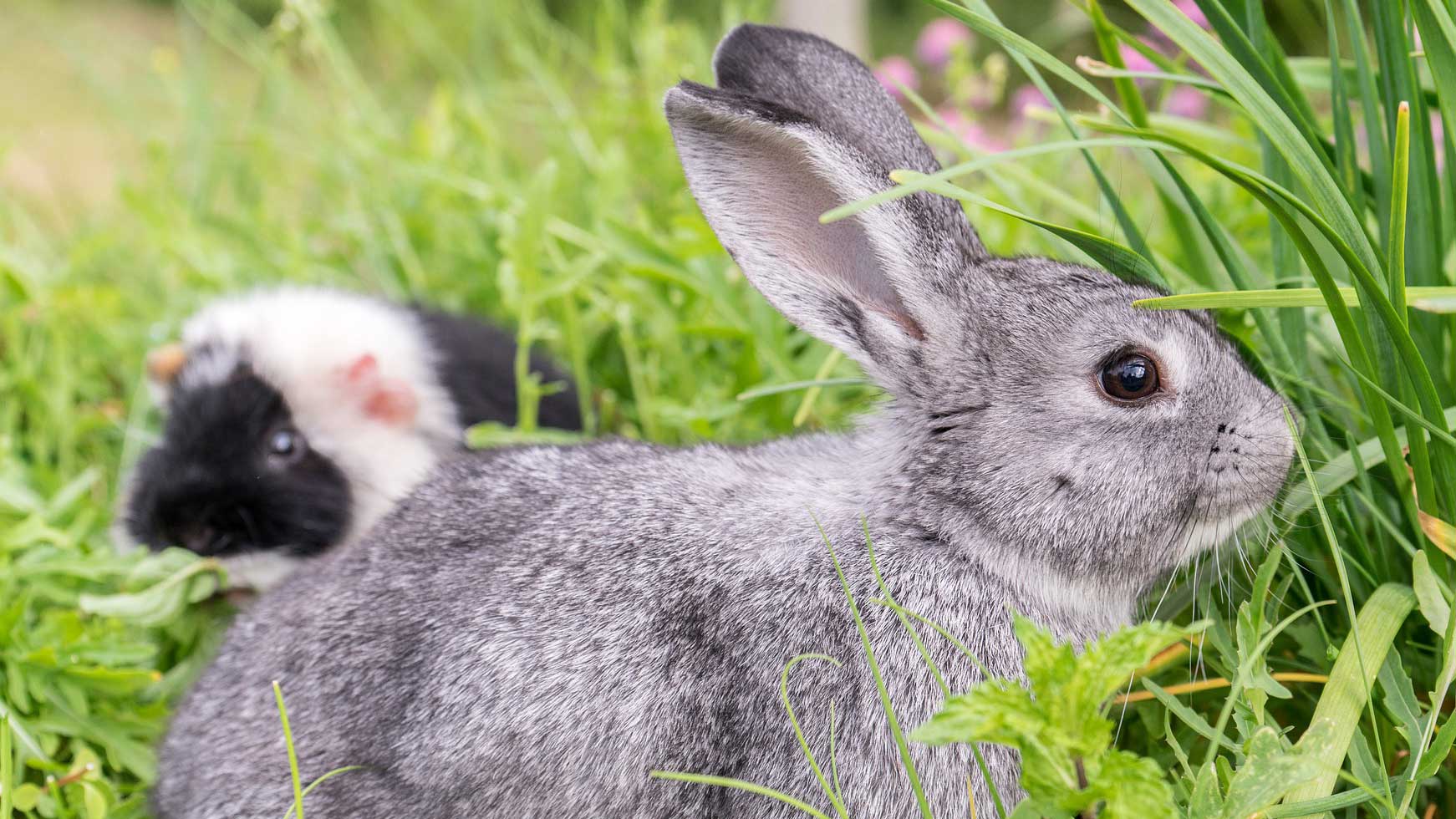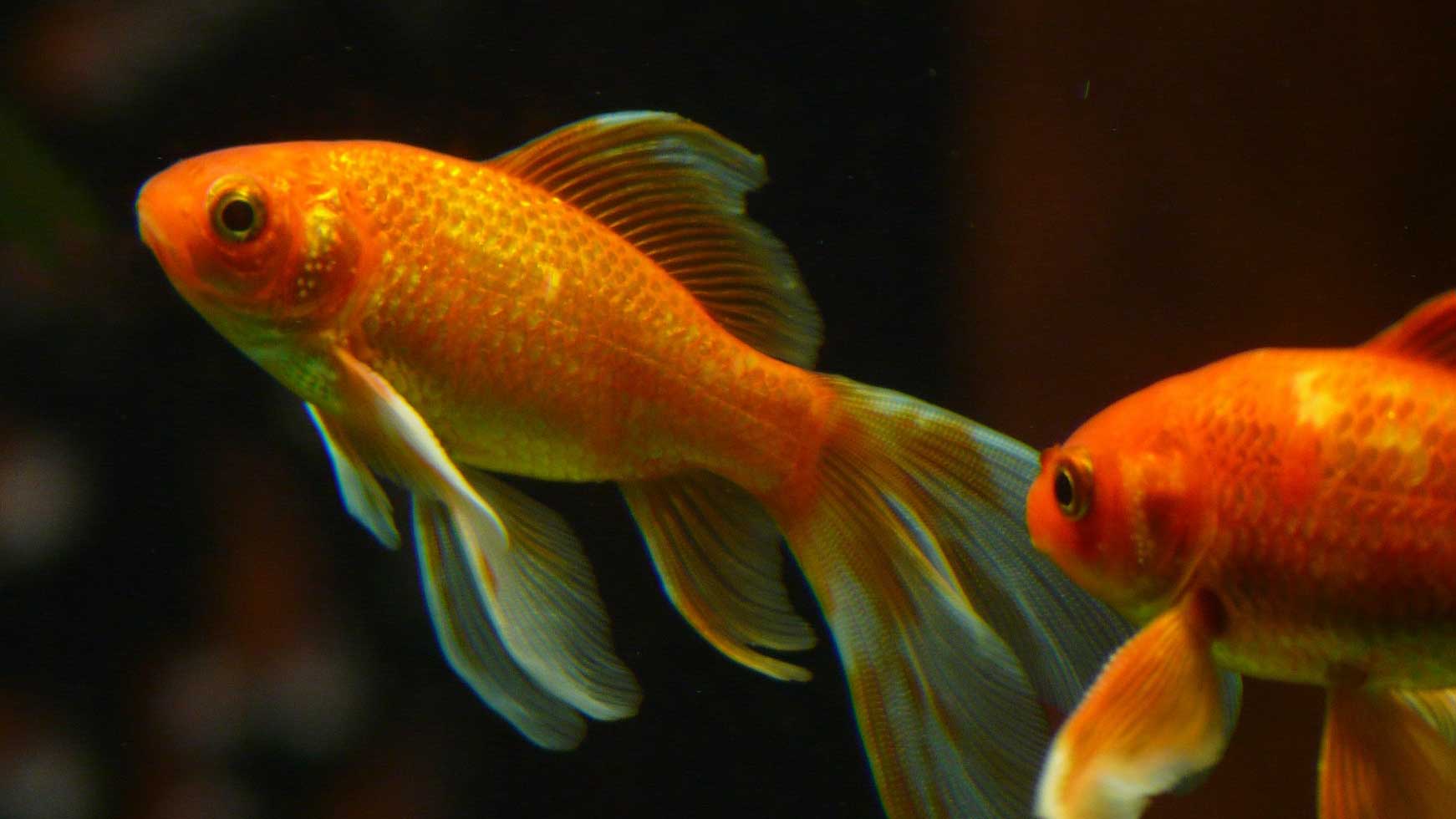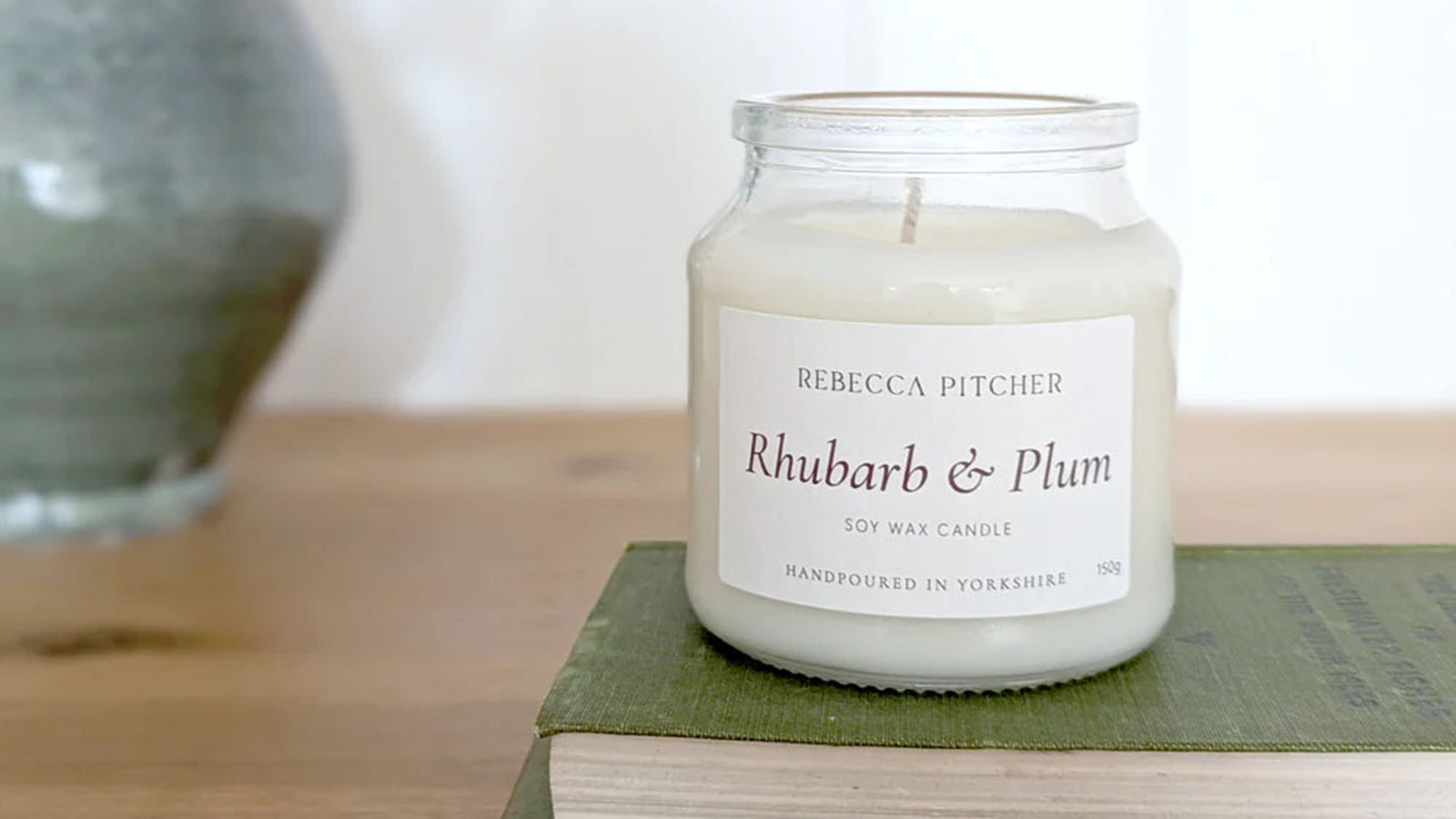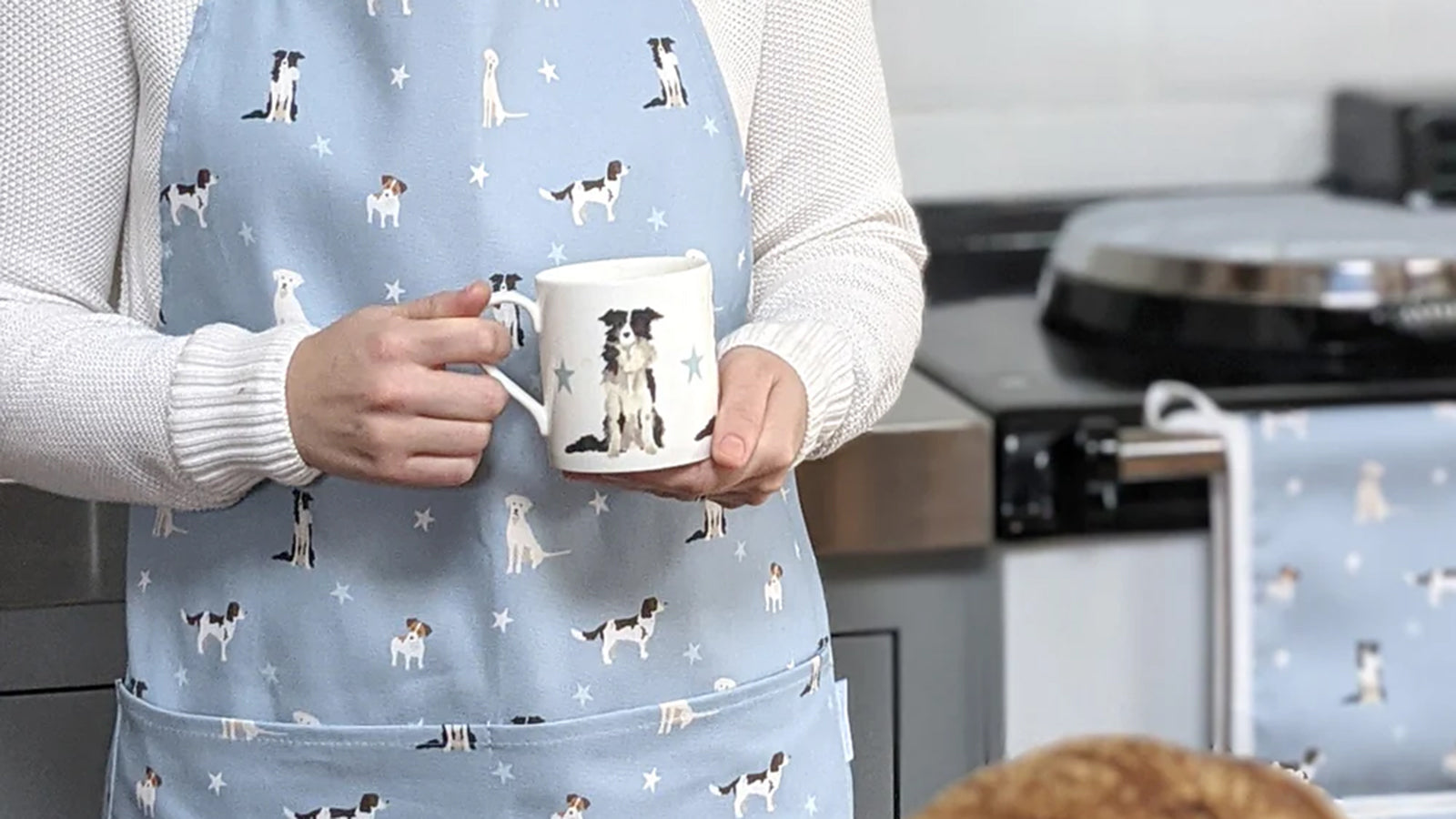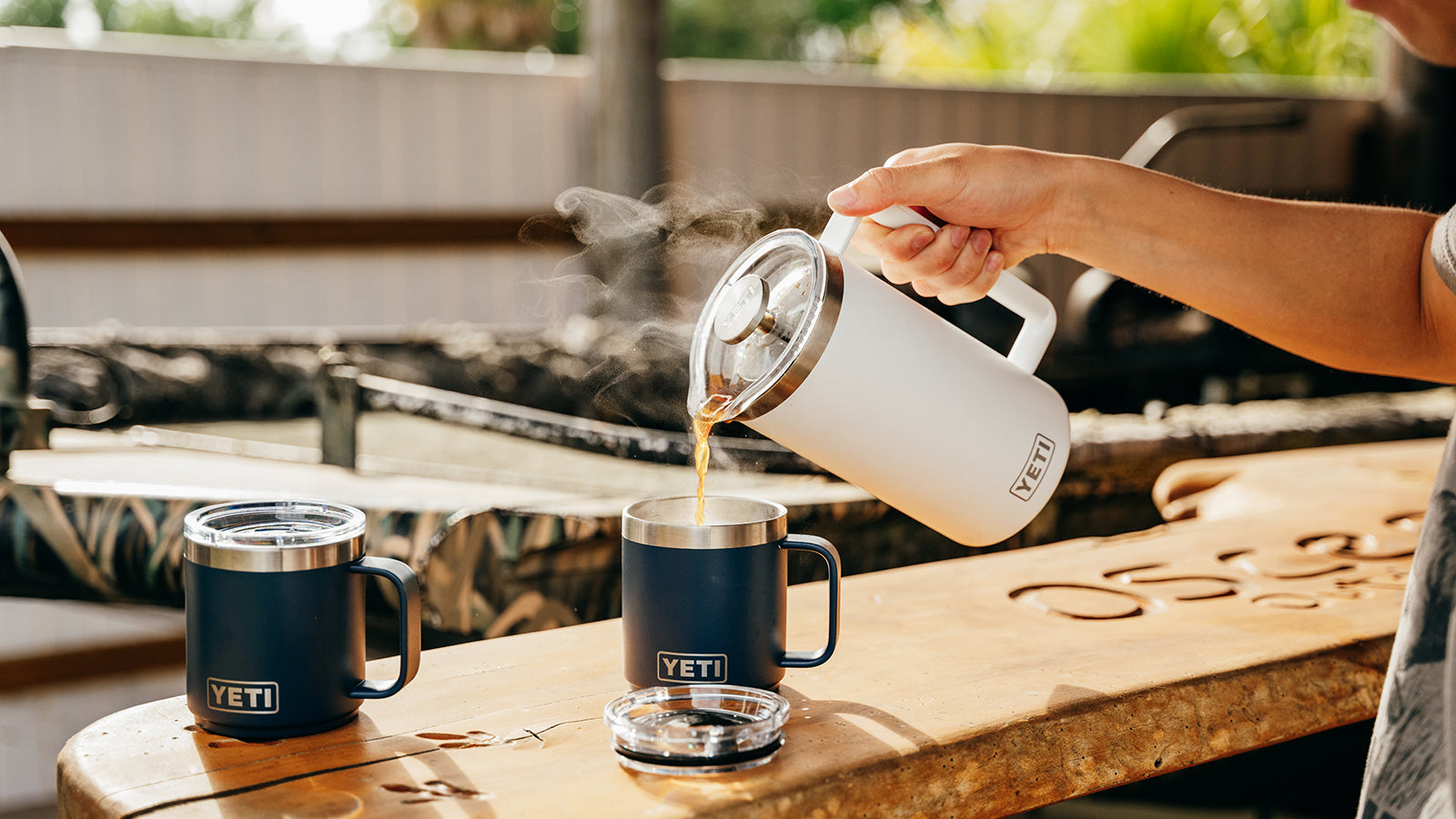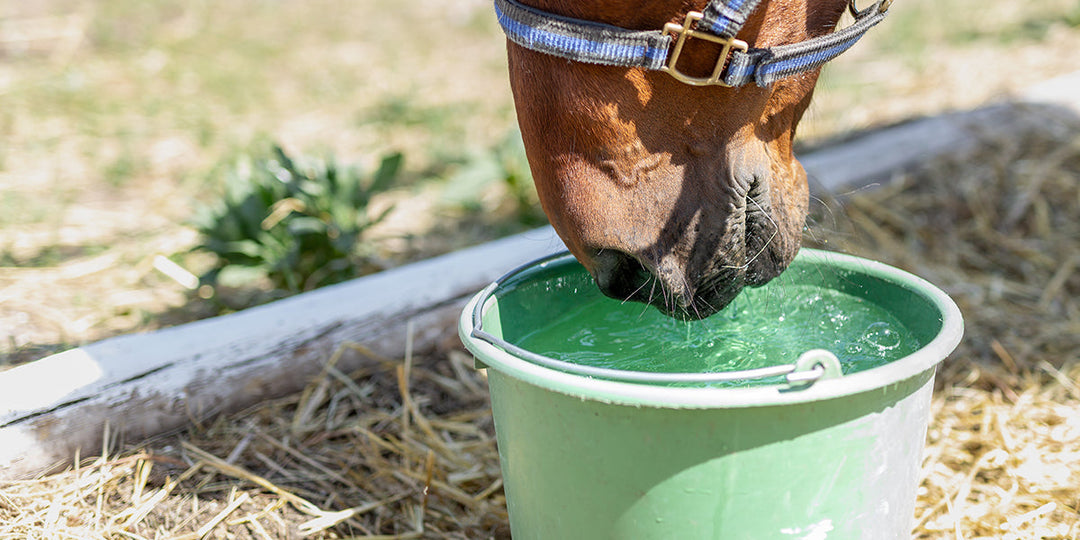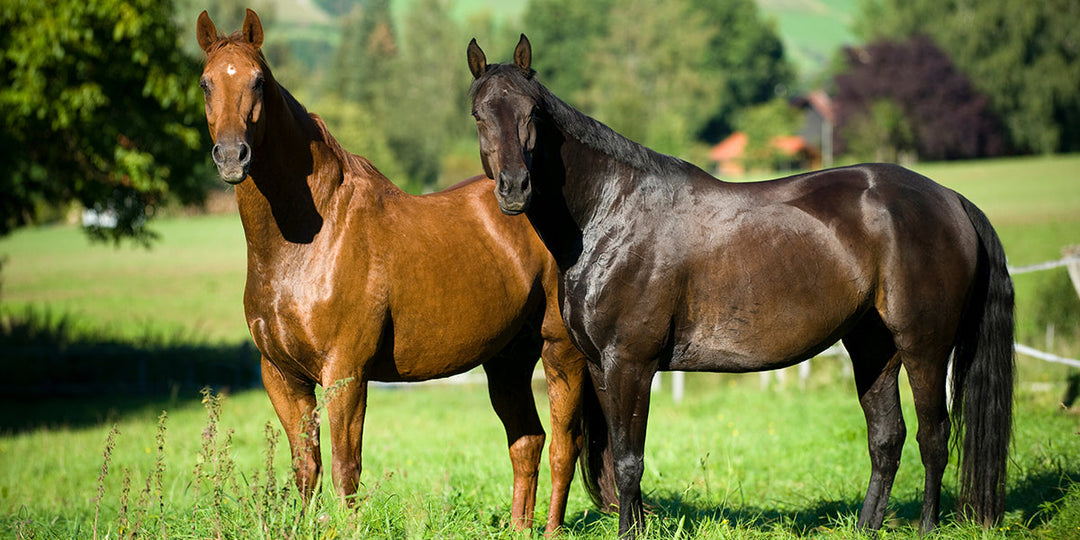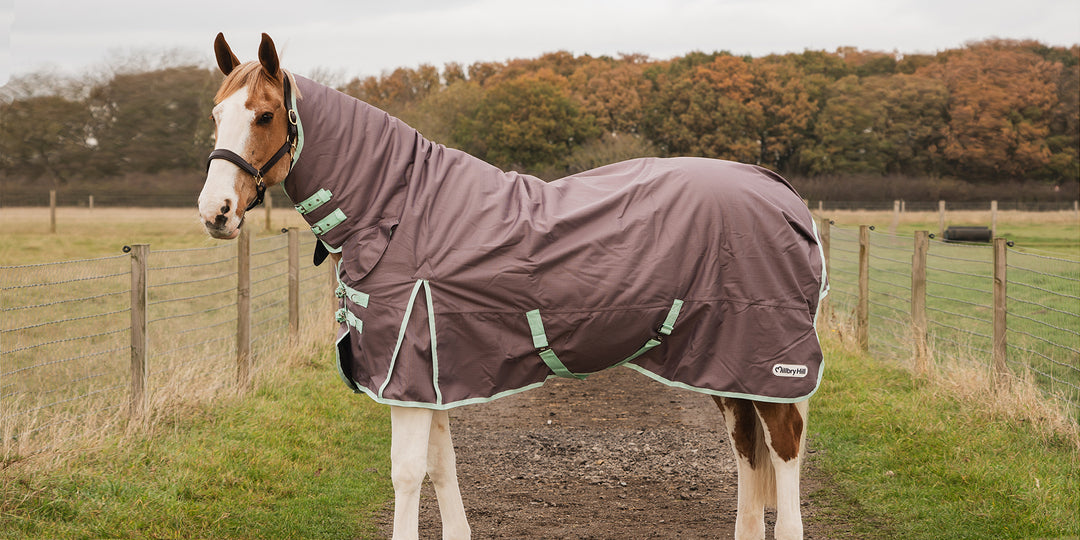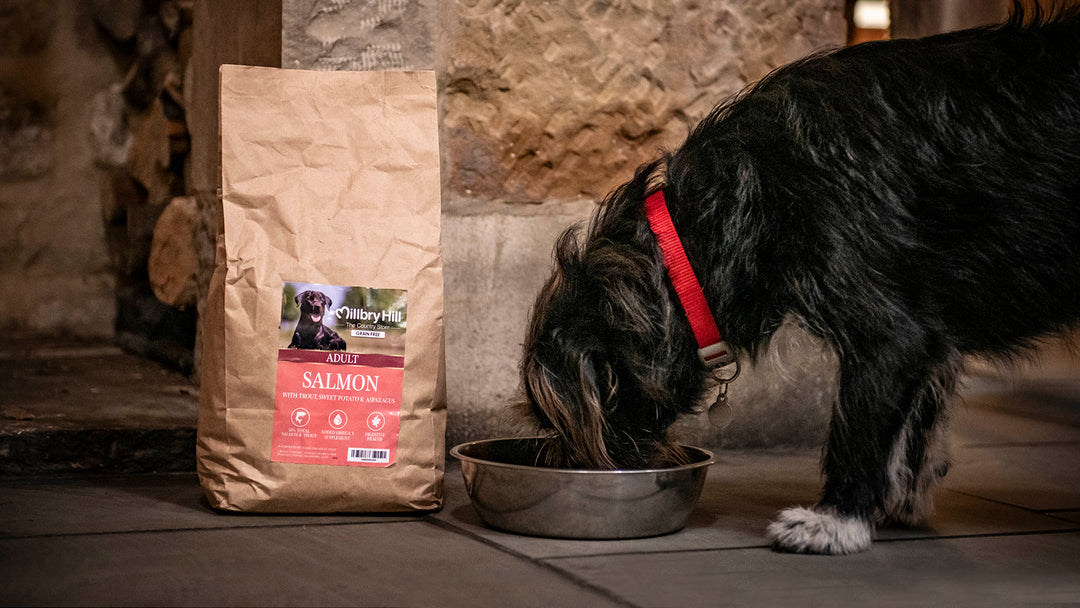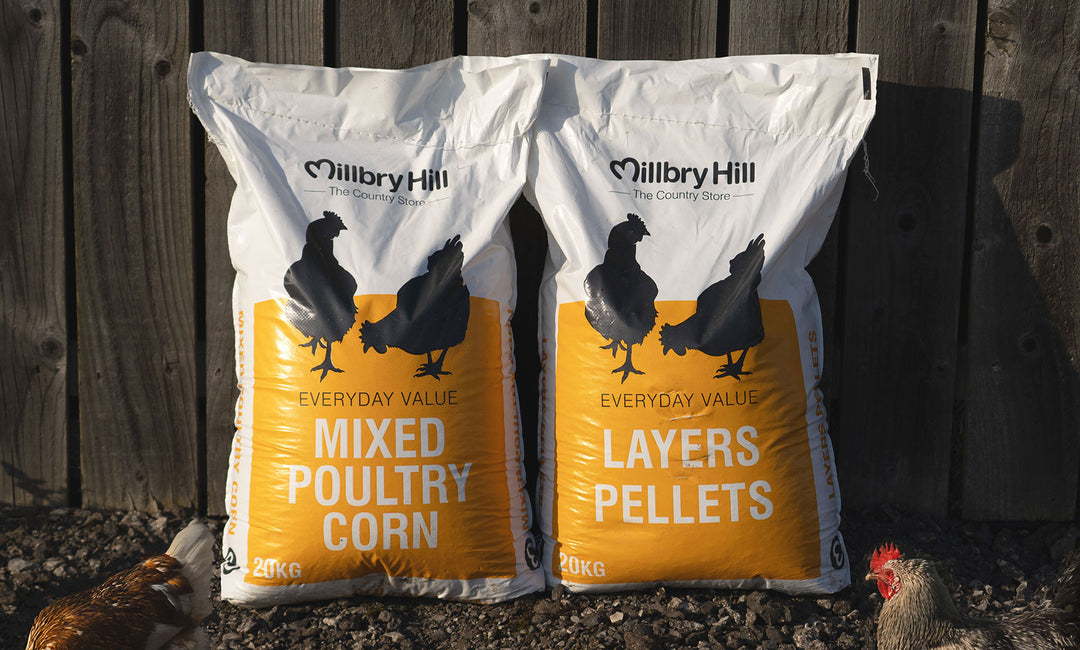Essential Dog Training Tips

Your new dog is safe and home at last. Now is the time to start training! There are many options out there to get your new puppy or dog trained up to the obedience and temperament that you desire – from puppy training classes to private trainers. But it’s easier than you might think to take control of your dog’s training yourself. Follow these essential tips to have your new canine companion trained up in no time, and for very little expense! You’ll also find that teaching your dog these simple, but effective techniques, can be both fun for you and your dog.
Why Train Your Dog?

Training is part of the responsibility of being a dog-owner, it is regarded as being an act of kindness for both your community and, more importantly, your dog. Morally and ethically, caring for your dogs welfare is very important, and good and consistent training will allow you to give the maximum level of care for your dog. You’ll find yourself more involved and understanding of your dog’s behaviour, which can’t fail to give you a strong and long-lasting bond between you and your new canine friend.
The Top 5 Obedience Commands
When most people think of dog training, they instantly think of exasperated new dog owners repeatedly shouting words at a cute, and rather confused-looking, puppy. But you can save yourself the hoarse throat and the frustration by following these simple techniques for the top 5 commands. Dog obedience training, especially using these commands, can be both satisfying to see the results of, as well as being a great starting point for many of the other more long-term training methods for your dog. It is worth noting that these commands alone are not sufficient to fully train your dog, and give your dog a full gamut of happiness, but they are certainly a great starting point.
Sit
The quintessential dog command – “Sit”. This simple command is extremely easy to teach, so is a great starting command.
- Show your dog a small treat, holding it near their eyes and just above their head.
- Move your hand up, allowing the dog’s head to follow the treat and causing the rear to lower. Be conscious of where your hand is – too high and the dog might leap up for the treat; too low and the dog’s bottom won’t lower towards the floor.
- Just as they’ve sat down, clearly, but gently say “Sit”, and, if the command was successful, praise your dog with affection and give them the treat.
There are many videos and guides out there to help you visualise this process further.
Come
This is a great command to teach your dog, especially if you’re dealing with a new puppy, and are scared of them running out-of-control. Begin the training in a fenced area that is fairly free from distractions.
- Begin by putting a collar and lead on your dog.
- Once they’re used to the lead, lower yourself to their level and gently say “come” whilst softly tugging towards you on the lead.
- After the dog has moved towards you, reward the action with praise and a treat.
Down
The problem with this command is that it encourages a submissive position, which can be bad news if you’re dealing with a fearful or skittish dog. However, this being said, it can certainly be a useful command to keep your dog safe and in check when you’re out and about walking.
- Always remain positive in your attitude when training any command, but especially when teaching this particular element.
- Hold a treat in your hand, and clench your first around it. Strong-scented treats work best!
- Once the dog has noticed the smell of the treat, lead your hand down the floor.
- Slide your hand along the floor in front of the dog to encourage his body to follow his snout.
- Once the dog’s in the down position, say “down” and give him a treat and affection.
Stay
You should ensure that your dog has the “sit” command well-mastered before teaching this command. Also try to avoid the common mistake that most people make of teaching and encouraging this command by walking away from your dog, and proving it can stay in one position before coming towards you. This, in essence, teaches the dog to ‘wait’, not to ‘stay’. Instead, returning to the dog after it has stayed in one position, and rewarding it reinforces the best habits.
- Begin by asking your dog to ‘sit’.
- Open your hand in front of you and say “stay.”
- Now take a few steps backward, and reward the dog if they stay where they were sitting.
- Progress this process by gradually taking more and more steps away from the dog and rewarding them every time they stay in their position. This command could take a while to master, but is well worth the time.
Leave It
Last, but not least, in your arsenal of commands for dog obedience is ‘leave it’. Similarly to the ‘down’ command though, this simple instruction can be very useful for keeping your dog safe and out of trouble, especially if your dog is very nosey!
- With a treat in both hands, reveal only one of your hands, with your fist still clenched around the treat and say “leave it.”
- Allow the dog to sniff at your hand, and even paw at your fist to try and get to the treat.
- As soon as the dog looses interest, and stops attempting to reach the hidden treat, give them the treat from the other hand.
- Keep repeating this process until the dog ignores your first closed hand when you say “leave it”.
- Following this, only give the dog the treat from the second hand when he completely ignores the first hand, and looks at you.
Be Consistent
It’s really important with these simple commands, and with the overall training scheme you begin with your dog that you maintain a consistent approach. If you’re the only one training your dog, you’ll obviously have full control over the consistency of the training you provide, however, if you have multiple family members helping to train your new puppy, make sure you’re all working along the same lines. There’s nothing more confusing for a dog than being told to stay by one person and being called to come, or being told to lie down, by another!
Toilet Training Your Dog

If you’ve just brought home a new puppy, this will likely be the first training technique you’ll be keen to master, for obvious reasons! You’ll need some patience to see this process through, but conquer this simple routine and you’ll have a much happier time with your new pet.
The best time to start this process is when the dog is young – around 3 to 4 months old. If the dog is older than this, potty training your pooch may take a lot longer. Any younger than 3 months, and the puppy may not have the bladder or bowel control to be able to respond to your training.
Start off by establishing a toilet zone for your dog. If you are keen to try crate training, the cage will be the perfect place for this. Setting up this potty zone can be accomplished by tethering the dog’s lead to the centre of the zone – creating a confined area that the dog understands is it’s business area. After the dog gets the hang of using this location, you can gradually increase the length of the lead, and thus the size of the area in which the dog can roam from it’s toilet spot.
As with any other training technique, praise the dog with treats and affection for positive results. It can be tempting to reprimand a dog for doing its bathroom business in the wrong place, but positive feedback and praise for the times the dog gets it right have been proven to be far more effective at long term training than negative reinforcement and punishment.
Positive vs. Negative Reinforcement

“Traditionally dog training relied heavily upon techniques involving negative reinforcement or punishment, however, in more recent years increasing emphasis has been placed upon the use of positive reinforcement”. This view is widely shared, and is encouraged. The use of these non-confrontational methods help to lessen a dog’s potential anger and frustration, and will help encourage desirable behaviours and better health.
After your dog has received some basic training, constantly introducing it to a wide variety of natural environments and stimuli can be invaluable in helping to prevent any anxiety issues, which can severely hamper training. Studies have shown that increased anxiety and fear in dogs was related to a more frequent use of punishment. Be nice to your dog, especially in the beginning stages of its training, and you’ll reap the rewards or a happier, healthier companion.
How Important Is Food?
As with any human diet, great nutrition leads to good health, and this is a factor that certainly shouldn’t be underestimated when it comes to training your dog. When it comes to your dog’s food requirements, there are many factors that must be considered besides simply what will benefit their training – any canine conditions, health requirements or age factors can, and should, heavily influence your choice of dog food. Always check with your vet as to what diet is best for your dog.
It is vitally important to realise the difference between food used as a treat and food used as a bribe when training your dog. If you ask your dog to perform a trained command, and it does this immediately – providing food in this instance would count as a treat. However, if the dog fails to perform the trained task, and only does as it’s told after a few different attempts, providing food at this point will only come across as a bribe, and will reinforce bad habits. Feed your dog well, and provide treats only when it will help train your dog, and you’ll see great success in your training programme.
Whilst food and treats can be a great training aid, it should be remembered that these treats add to the calories consumed by the dog over the course of the day. Whilst this is often less of a problem in young, growing dogs, it is important to monitor your dog’s weight and body condition and adjust your dog’s daily food ration accordingly.
Crate Training

Crate training is used so that your dog will feel comfortable with entering and staying in its crate upon command. Essentially this form of training involves keeping your dog in a cage, or crate, for periods of time, such as whilst you are at work or during a car journey. The key to this training is having the dog associate going in their crate on your command as good behaviour which will be rewarded.
Get the dog into the crate using a command such as “crate” or “bed”. As the dog enters the crate, give it a treat, praise it and close the door. Quietly sit nearby for a few minutes and reward the dog for remaining calm and happy. If your dog seems stressed then let them out of the cage, calm them down and try again. Remember not to be too strict during this process as this can have a negative impact on your dog.
Never leave a dog in a crate for too long. If a dog doesn’t get sufficient exercise, even just around the home, it can easily become nervous and depressed. If you’re out of the house for a long time during the day, ask a friend or pet sitter to take care of the dog for a time, in order to reduce the time the dog spends in it’s cage.
Follow these simple, but essential, dog training tips, and you’ll develop a great strong relationship with your new dog. Happy training!






